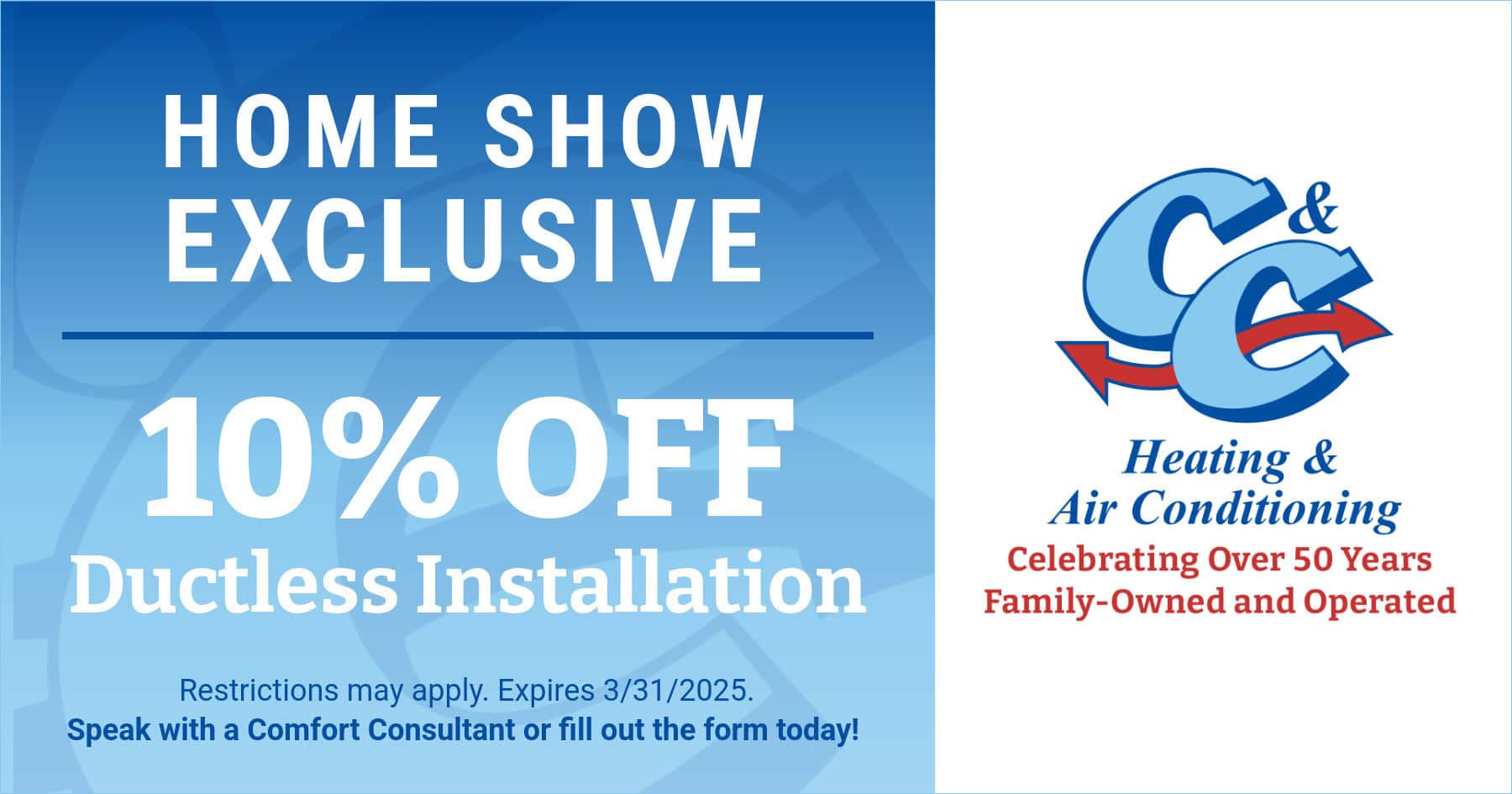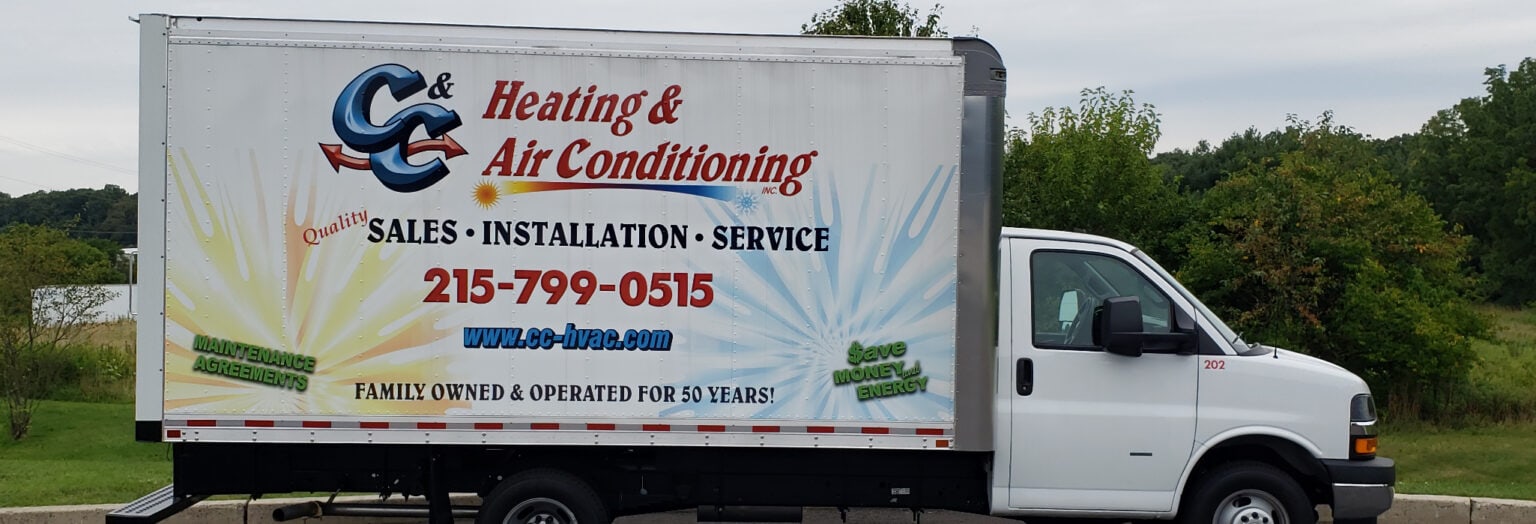C & C Heating & Air Conditioning Reviews

Welcome! Let's tackle a common homeowner headache: your C & C Heating & Air Conditioning system isn't performing as expected. Perhaps your home isn't heating up enough in winter or cooling down sufficiently in summer. This article will guide you through some basic troubleshooting steps. We'll break down how to identify the problem, attempt some simple fixes, and, most importantly, recognize when it's time to call the pros.
The Case of the Lukewarm Air: A Troubleshooting Guide
Let's assume your system is blowing air, but it's not the right temperature. The air conditioner is blowing lukewarm air, or the heater is blowing cool air. This is a very common complaint, and there are several reasons why it might be happening.
Step 1: No-Tools-Required Initial Checks
Before you even think about grabbing a screwdriver, let's start with the easy stuff. These are checks you can do immediately without any tools.
1. Thermostat Setting:Double-check your thermostat! It might sound obvious, but ensure it's set to "Heat" (for heating) or "Cool" (for cooling) and that the target temperature is significantly higher or lower than the current room temperature. A setting of 68 degrees on a 70-degree day for cooling, or 72 degrees on a 65-degree day for heating, obviously won't work. Also, ensure the fan setting is on "Auto" rather than "On." With the "On" setting, the fan will run constantly, even when the unit isn't actively heating or cooling, which can mask a problem.
2. Air Filter: A dirty air filter is the number one culprit for many HVAC problems. A clogged filter restricts airflow, forcing your system to work harder and less efficiently. It can also lead to overheating and damage to internal components. Locate your air filter (usually in the furnace or air handler) and visually inspect it. If it's visibly dusty or clogged, replace it immediately with a filter of the correct size and MERV rating (check your owner's manual or the old filter for the correct specifications).
3. Air Vents: Are all your air vents open and unobstructed? Make sure furniture, rugs, or curtains aren't blocking the airflow. Closed or blocked vents can reduce efficiency and create uneven temperatures in your home.
4. Outdoor Unit (if applicable): If you have a central air conditioning system with an outdoor condenser unit, visually inspect it. Is it free of debris like leaves, branches, or snow? Ensure the unit is not completely covered. Clear away any obstructions that could be hindering airflow.
5. Circuit Breaker: Go to your electrical panel and check the circuit breaker for your HVAC system. Look for a tripped breaker (it will be in the "off" or a middle position). If you find a tripped breaker, reset it by flipping it fully to the "off" position and then back to the "on" position. If the breaker trips again immediately, there's likely a more serious electrical problem that requires professional attention.
Step 2: Basic Tool-Assisted Diagnostics
If the initial checks didn't solve the problem, it's time to move on to some basic diagnostics that require minimal tools. Always disconnect power to the unit before performing any of these checks. Safety first!
1. Thermostat Batteries: Many thermostats rely on batteries. A low battery can cause inaccurate readings or prevent the thermostat from communicating with the HVAC system. Replace the batteries in your thermostat, even if the display still looks functional. This is a simple and often overlooked fix.
Tool Needed: Screwdriver (to access the battery compartment).
2. Condensate Drain Line (for Cooling): During the cooling process, your air conditioner removes moisture from the air. This moisture drains away through a condensate drain line. If this line becomes clogged, it can trigger a safety switch that shuts down the system or prevents it from cooling properly. Locate the condensate drain line (usually a PVC pipe near the indoor unit) and check for clogs. You can try using a wet/dry vacuum to suck out any debris or pour a cup of distilled vinegar down the drain line to dissolve any algae or mold buildup.
Tools Needed: Wet/dry vacuum (optional), cup, distilled vinegar.
3. Flame Sensor (for Heating - Gas Furnaces): In gas furnaces, the flame sensor is a safety device that detects the presence of a flame. If the sensor is dirty or malfunctioning, it can shut down the furnace, preventing it from heating. Locate the flame sensor (usually a thin metal rod near the burner assembly). Before touching it, turn off the gas supply to the furnace! Carefully remove the sensor and clean it with a piece of fine-grit sandpaper or steel wool to remove any carbon buildup. Reinstall the sensor and turn the gas supply back on. If you are not comfortable working with gas lines, skip this step and call a professional.
Tools Needed: Screwdriver, fine-grit sandpaper or steel wool.
Step 3: When to Call C & C Heating & Air Conditioning
If you've tried the above steps and your system is still not working correctly, it's time to call in the professionals at C & C Heating & Air Conditioning. Certain issues are simply too complex or dangerous to attempt on your own. Here are some telltale signs that you need professional help:
1. Refrigerant Leaks: If you suspect a refrigerant leak (you might hear a hissing sound or notice ice buildup on the refrigerant lines), do not attempt to fix it yourself. Refrigerant is a hazardous substance that requires specialized equipment and training to handle safely.
2. Electrical Problems: If you're experiencing frequent breaker trips, strange smells coming from the unit, or any other electrical issues, do not attempt to diagnose or repair them yourself. Electrical problems can be extremely dangerous and should only be handled by a qualified electrician or HVAC technician.
3. Compressor Issues: The compressor is the heart of your air conditioning system. If it's making loud noises, not running at all, or overheating, it's a sign of a major problem that requires professional attention. Compressor repairs are complex and often require specialized tools and expertise.
4. Gas Leaks: If you smell gas near your furnace or any other gas appliance, evacuate the area immediately and call your gas company or emergency services. Do not attempt to locate or repair the leak yourself.
5. You're Just Not Comfortable: If you've tried everything and you're still not sure what's wrong, don't hesitate to call a professional. HVAC systems are complex, and it's often more cost-effective to have a qualified technician diagnose and repair the problem than to risk causing further damage by attempting DIY repairs.
In summary, if you encounter any of the following, call C & C Heating & Air Conditioning immediately:
- Refrigerant leaks
- Electrical problems
- Compressor issues
- Gas leaks
- Anything you're uncomfortable or unsure about
Remember: Your safety and the proper functioning of your HVAC system are paramount. When in doubt, always err on the side of caution and call a professional.
Preventive Maintenance is Key
The best way to avoid costly repairs and ensure your HVAC system runs efficiently is to schedule regular preventive maintenance with C & C Heating & Air Conditioning. A qualified technician can inspect your system, clean components, identify potential problems early on, and perform necessary tune-ups. Regular maintenance can extend the life of your system, improve its efficiency, and save you money on energy bills.
Here are some key benefits of preventive maintenance:
- Improved energy efficiency
- Extended system lifespan
- Reduced repair costs
- Improved indoor air quality
- Peace of mind
Contact C & C Heating & Air Conditioning today to schedule your preventive maintenance appointment.
By following these troubleshooting steps and knowing when to call a professional, you can keep your C & C Heating & Air Conditioning system running smoothly and efficiently for years to come.










